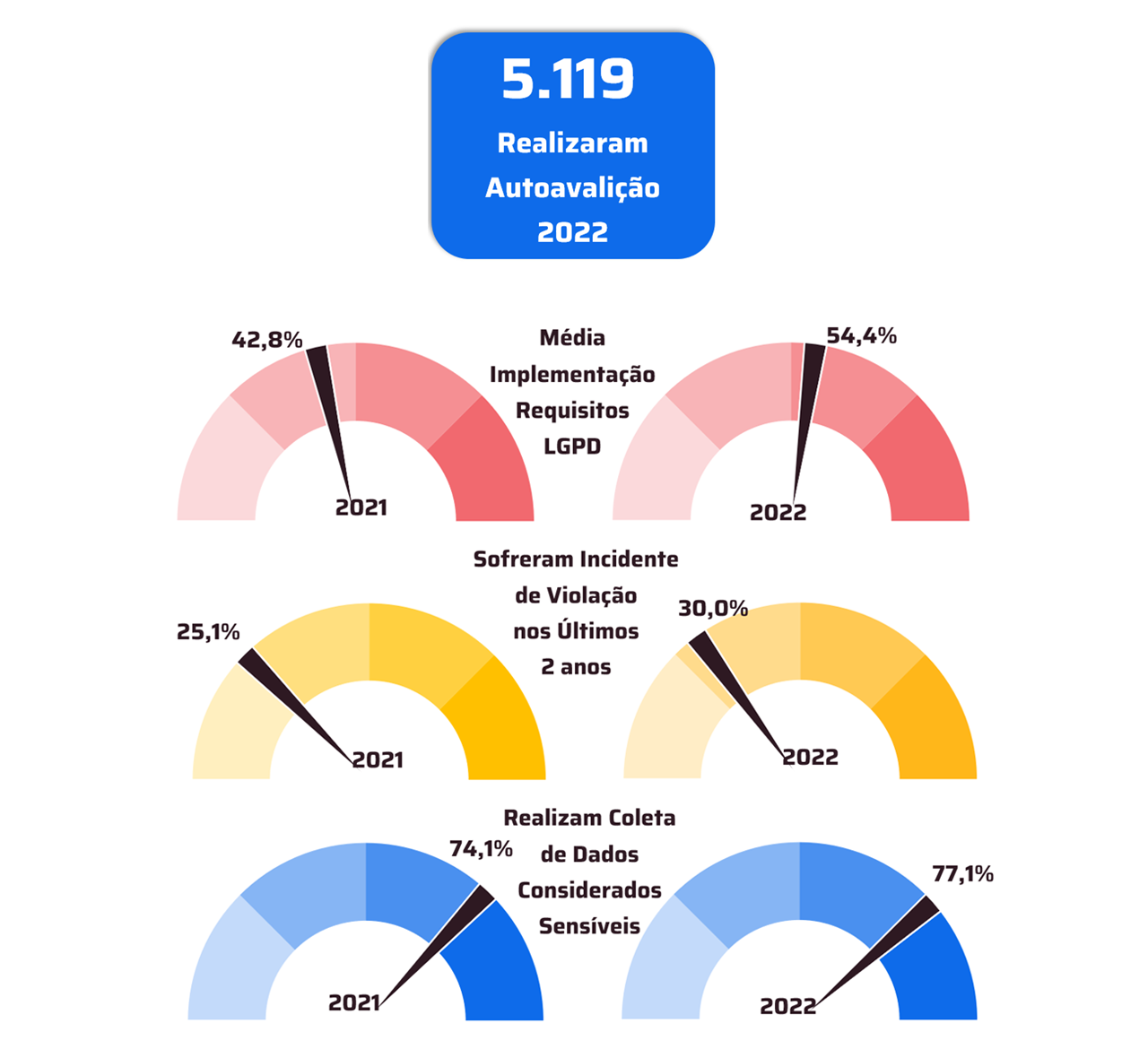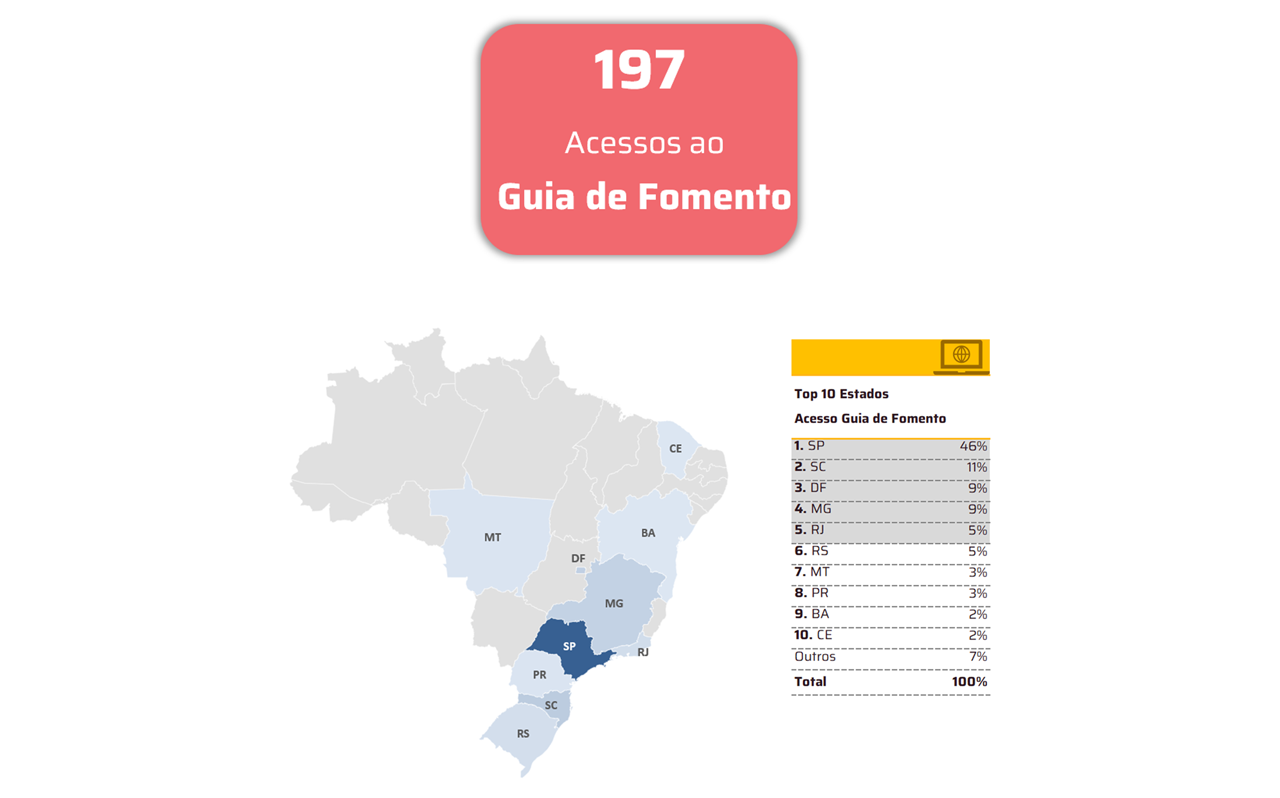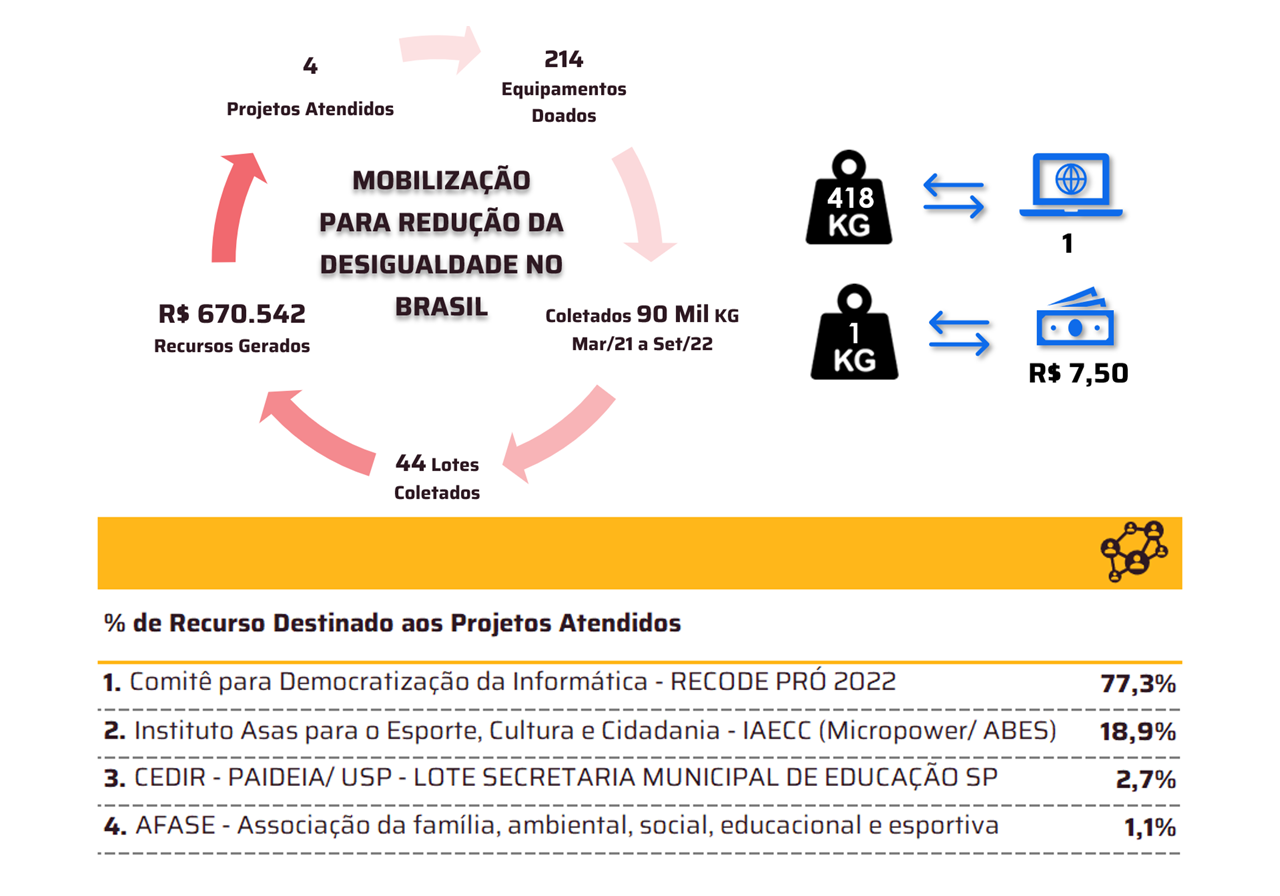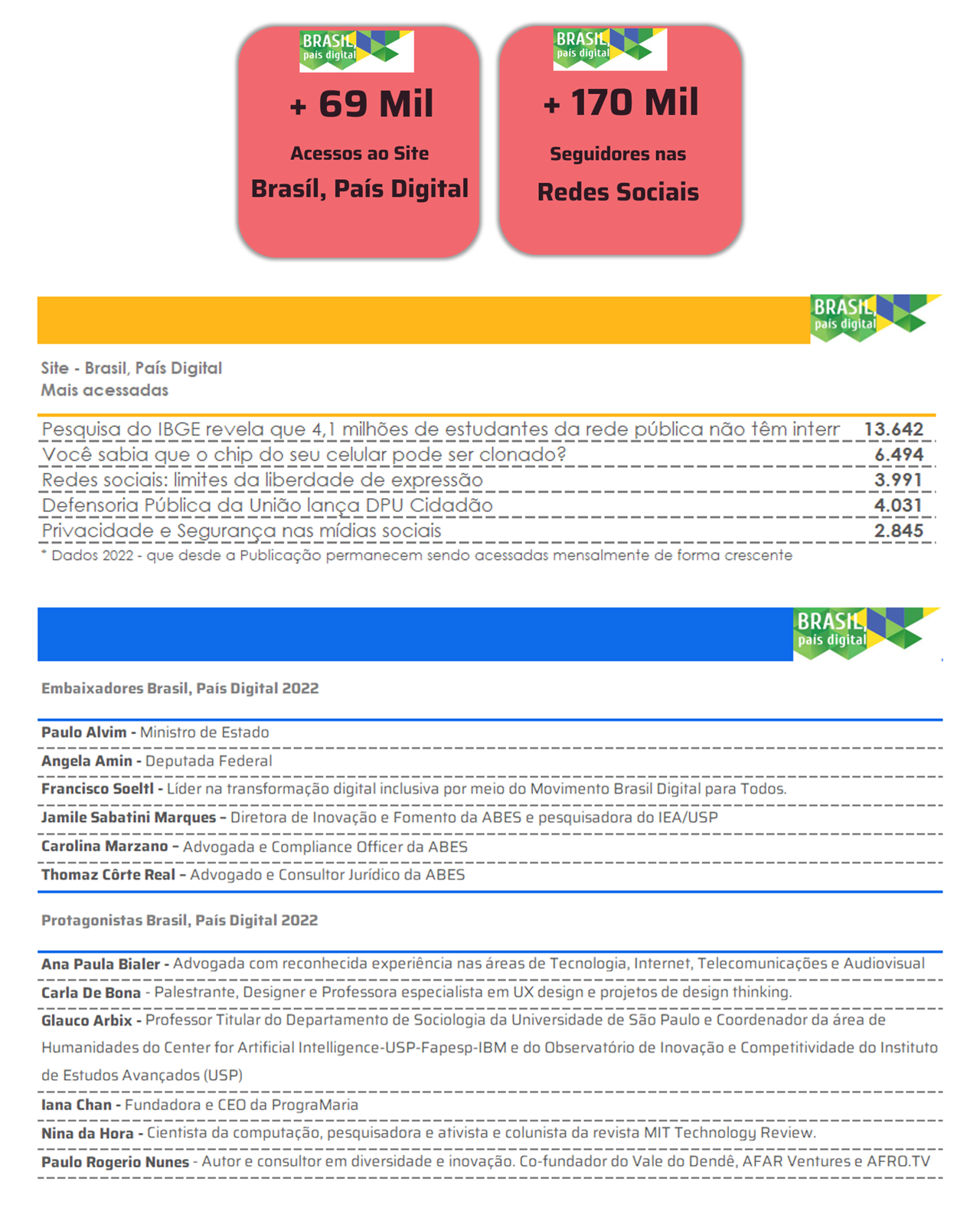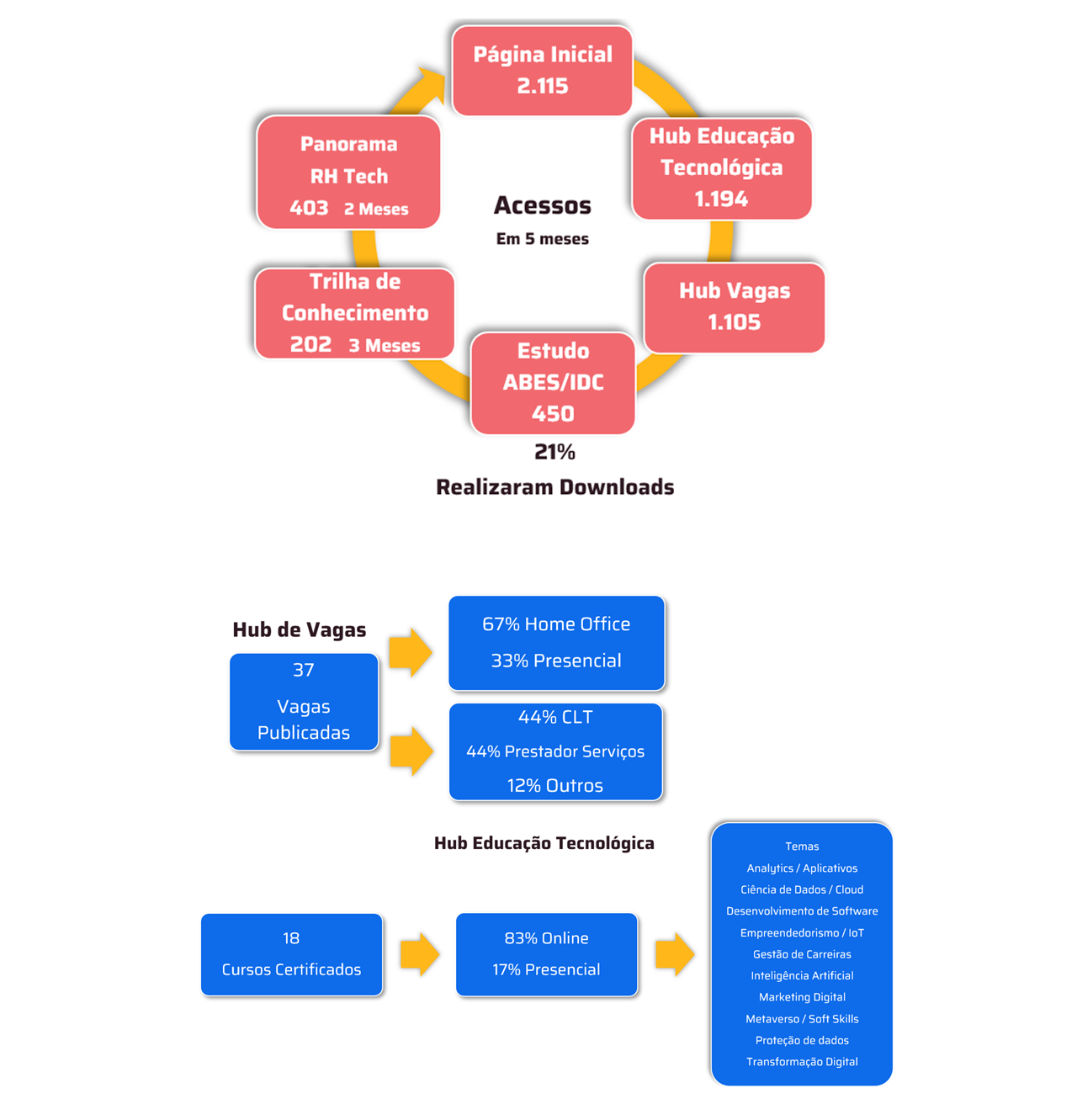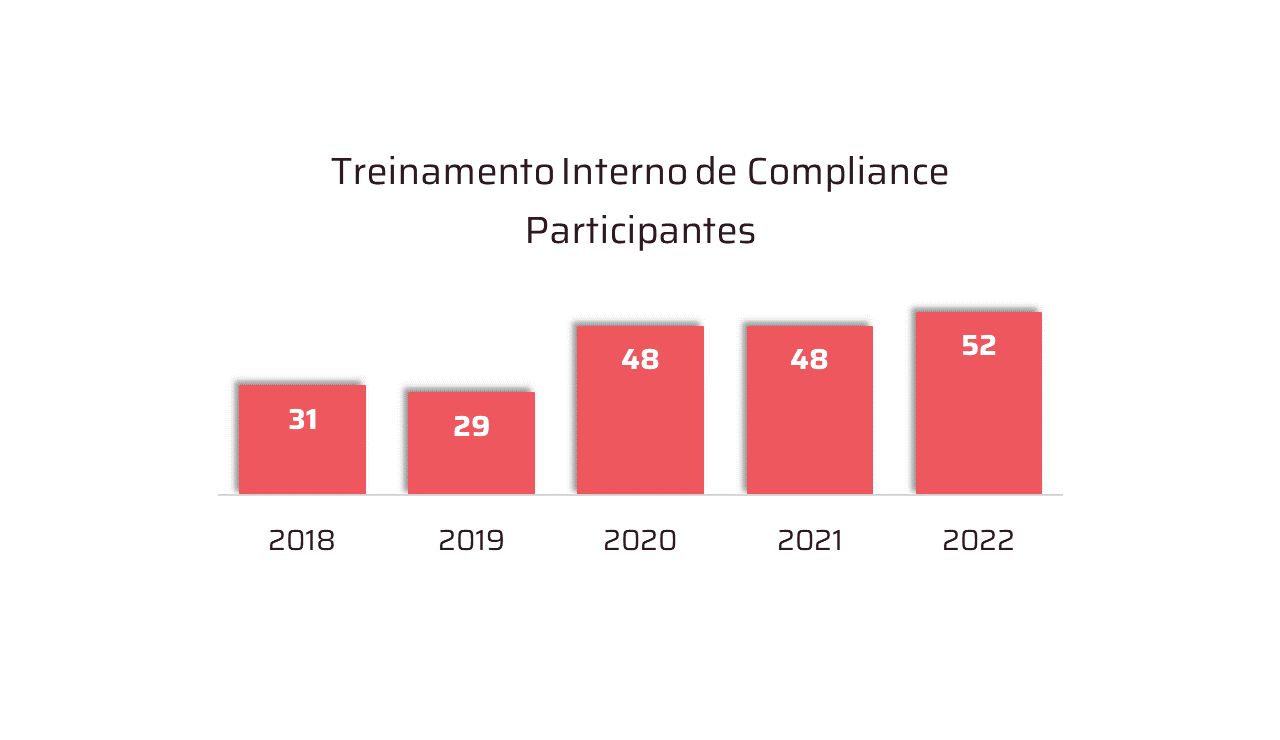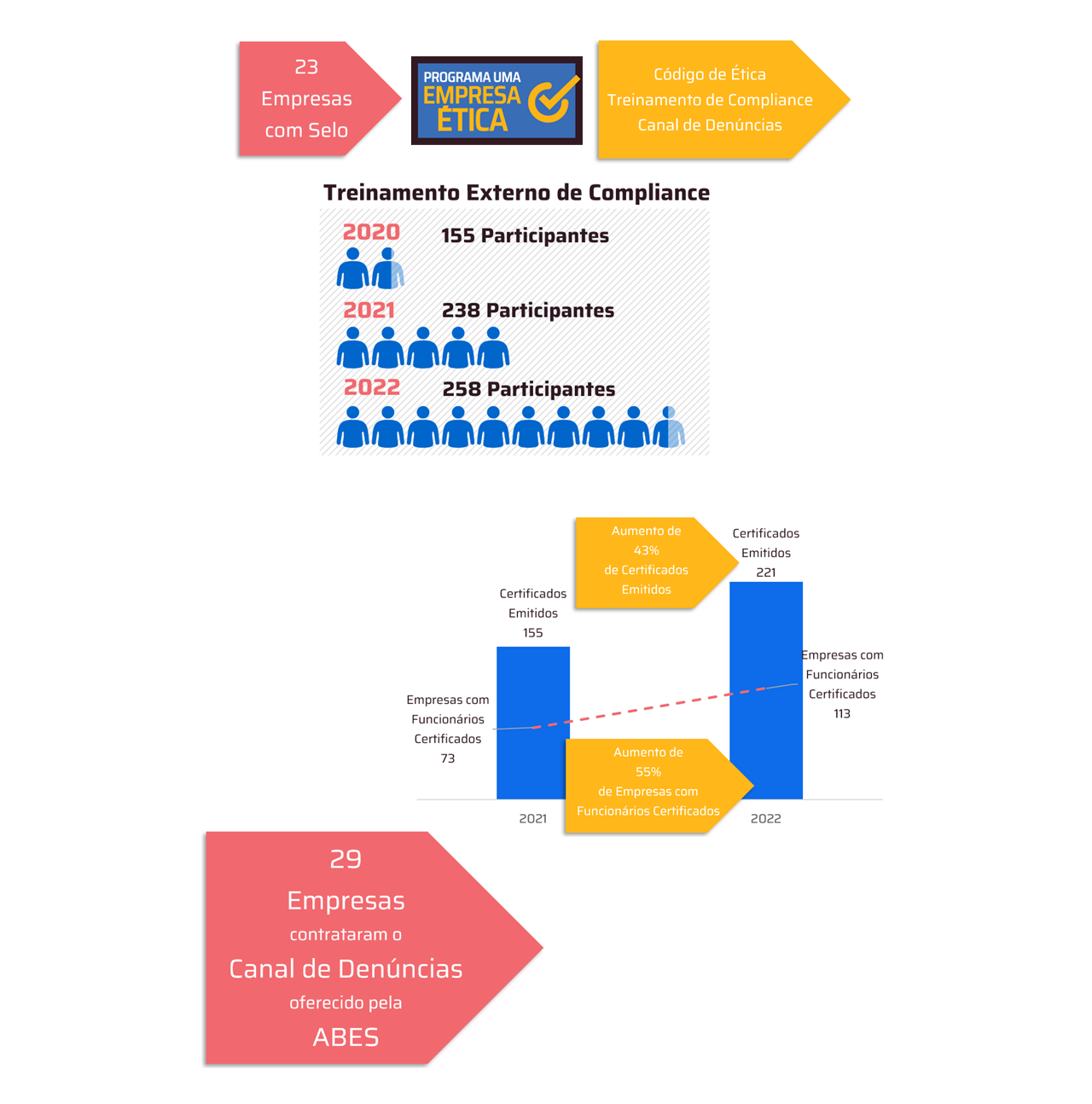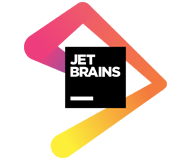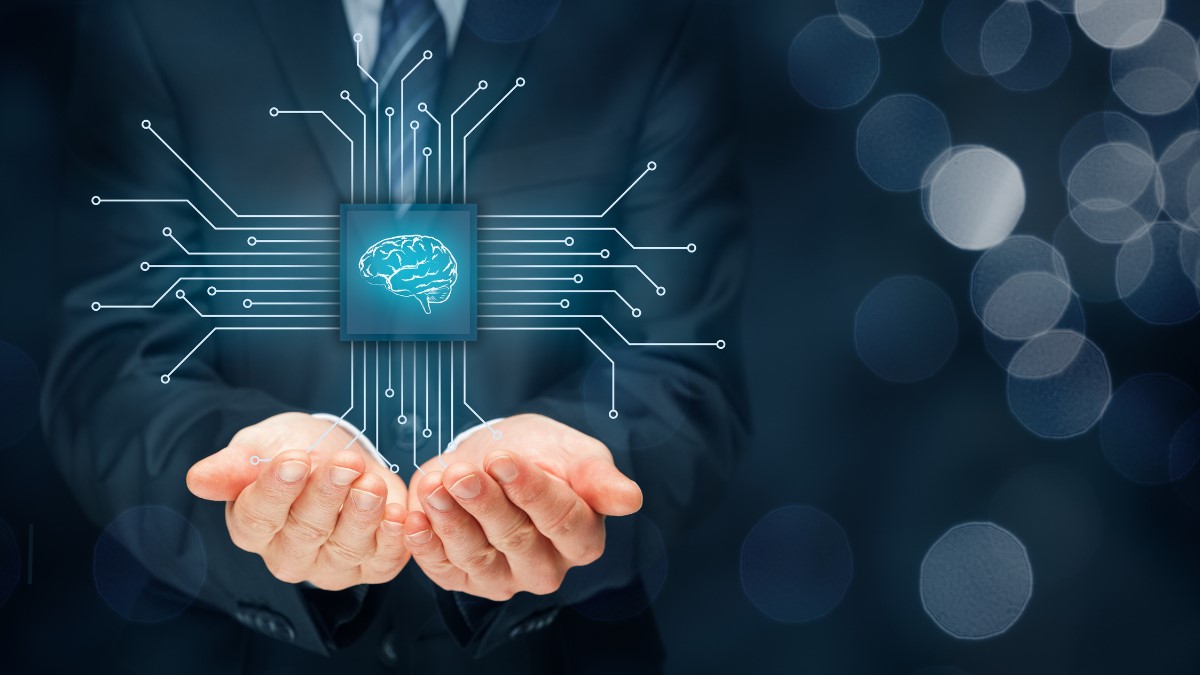
• By the end of 2025, almost all enterprise applications will have integrated AI assistants
• By 2026, enterprise applications will have task-specific AI agents with true Agentic AI capabilities
• CIOs have three to six months to define their strategy and investments in Agentic AI
Forty percent of enterprise applications will be integrated with task-specific Artificial Intelligence (AI) agents by 2026, compared to less than 5% today, according to the Gartner, Inc.., a business insights and technology company. As organizations accelerate digital transformation, Agentic AI in enterprise applications will go beyond individual productivity, setting new standards for teamwork and workflow through more intelligent interactions between humans and agents. Topics like these and others aimed at CIOs (Chief Information Officers) and IT and business leaders, including new insights and different trends shaping the future, will be highlighted in Gartner CIO & IT Executive Conference 2025, which will take place from September 22nd to 25th, in São Paulo (SP).
Gartner predicts that Agentic AI will drive approximately 30% of enterprise application software revenue by 2035, surpassing US$$ 450 billion, compared to 2% in 2025.
"You AI agents are evolving rapidly, progressing from basic assistants embedded in enterprise applications today to task-specific agents by 2026 and, finally, multi-agent ecosystems by 2029,” says Anushree Verma, Senior Director Analyst at Gartner. "This shift transforms enterprise applications from tools that support individual productivity to platforms that enable fluid, autonomous collaboration and dynamic workflow orchestration."
CIOs have a crucial three- to six-month window to define their AI strategy Agentic AI, as the industry is at an inflection point. Companies that fail to adopt it promptly risk falling behind their peers. Managing strategic priorities requires an approach focused on the five stages of Agentic AI evolution.
The Future of Agentic AI in Enterprise Applications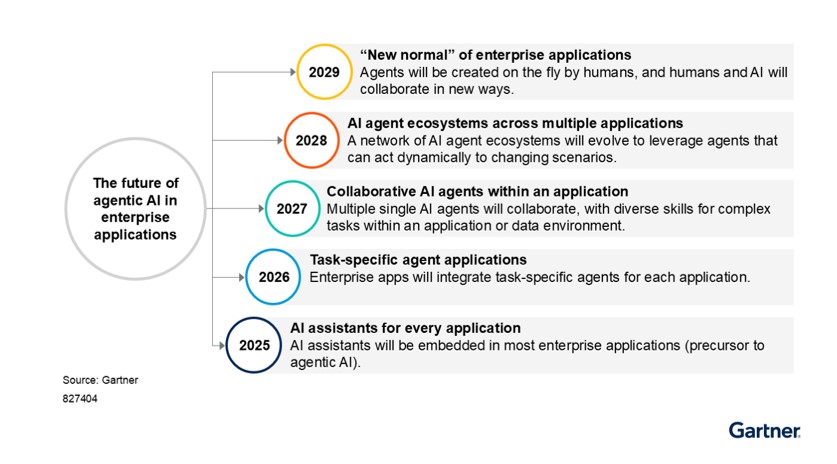 Source: Gartner (August 2025)
Source: Gartner (August 2025)
Stage 1: AI Assistants for Every Application
Gartner predicts that by the end of 2025, nearly all enterprise applications will have built-in assistants, transforming inefficient applications into intelligent systems that operate on users' behalf.
AI assistants are the precursors to Agentic AI. They simplify tasks and interactions for users, but they rely on human input and don't operate independently. The most common misconception is to refer to these AI assistants as agents, a misunderstanding fueled by the overuse ofagentwashing”.
"You CIOs and technology leaders must focus on creating seamless employee experiences by integrating AI assistants with robust APIs, enabling a shift away from traditional application-centric interfaces,” says Verma.
Stage 2: Task-specific agent applications
By 2026, AI assistants will evolve into task-specific AI agents, a significant step toward true agentic capabilities. Gartner predicts that 40% of enterprise applications will be integrated with task-specific agents by 2026, compared to less than 5% currently.
“As AI agents begin to act independently and handle tasks ranging from developing routines to responding to complex incidents without human involvement, leaders must ensure robust security and governance,” says Verma.
Stage 3: Collaborative AI agents within an application
The collaboration between AI agents will redefine enterprise applications as companies move beyond single-purpose automation. By 2027, Gartner predicts that one-third of agentic AI deployments will combine agents with different skills to manage complex tasks within application and data environments.
Current AI agents often focus on individual, task-specific functions, which can limit their overall business impact. Collaborative agents will offer more adaptable and scalable solutions, learning from real-time data and adjusting to changing conditions. At this stage, technology leaders will need to prioritize standardization and interoperability, and adopt protocols that support seamless communication between agents.
Stage 4: Ecosystems of AI agents across applications
By 2028, AI agent ecosystems will enable networks of specialized agents to dynamically collaborate across multiple applications, enabling users to achieve their goals without interacting with each application individually.
This shift will drive the need for new business models, greater transparency, dynamic pricing, and stronger governance to ensure ethical Agentic AI operations.
Gartner estimates that by 2028, one-third of user experiences will migrate from native applications to agentic interfaces, requiring new business models to avoid disintermediation.
Stage 5: The “new normal” for democratized enterprise applications
Gartner predicts that by 2029, at least 50% of knowledge workers will develop new skills to work with, govern, and create on-demand AI agents for complex tasks.
“As agentic AI matures, standardized protocols and frameworks will enable seamless interoperability, enabling agents to perceive their environments, orchestrate projects, and support a wide range of business scenarios,” says Verma. “Early adopters will set the standard for the new normal, while others risk being left behind as humans begin to trust AI agents as much as they trust their smartphones.”
Gartner clients can read more in the reports “Emerging Tech: The Future of Agentic AI in Enterprise Applications" and "Emerging Tech: Maximize Opportunities While Managing Risks of Agentic AI on Enterprise Software”.
Learn more about how to create actionable strategies to align your business, empower your teams, and grow revenue in the age of Agentic AI with Gartner's free insights available at "5 Steps to Seize Agentic AI Opportunity”.
About the Gartner CIO & IT Executive Conference
Gartner analysts will provide additional analysis on insights and trends shaping the future of IT and business, including accelerating enterprise transformation, application modernization, infrastructure, and operations, during the Gartner CIO & IT Executive Conference, which will be held September 22-24 in SSao Paulo and from October 6th to 8th in Dubai. Follow the conference news and updates on X using #GartnerCIO.
About Gartner AI Use Case Insight
Gartner AI Use Case Insights is an interactive tool that helps technology and business leaders efficiently discover, evaluate, and prioritize potential AI use cases. Clients can search over 500 use cases (AI applications in specific industries) and over 380 case studies (real-world examples) based on industry, business function, and Gartner's assessment of business value. Clients can access the interactive tool at https://tools.gartner.com/use-case-insights.
About Gartner for High Tech
The Gartner for High Tech helps technology leaders and their teams with role-based best practices, industry insights, and strategic insights into emerging trends and market shifts so they can achieve their mission-critical priorities and build the successful companies of tomorrow. For more information, visit: www.gartner.com/en/industries/high-tech. Follow the news and updates from Gartner for High Tech at X and in LinkedIn using #GartnerHT.
About Gartner
O Gartner, Inc. delivers objective, actionable insights that drive smarter decisions and better performance for enterprises’ mission-critical priorities. To learn more, visit www.gartner.com.









